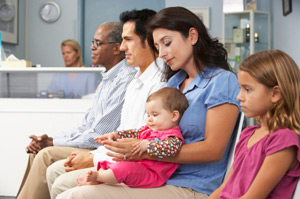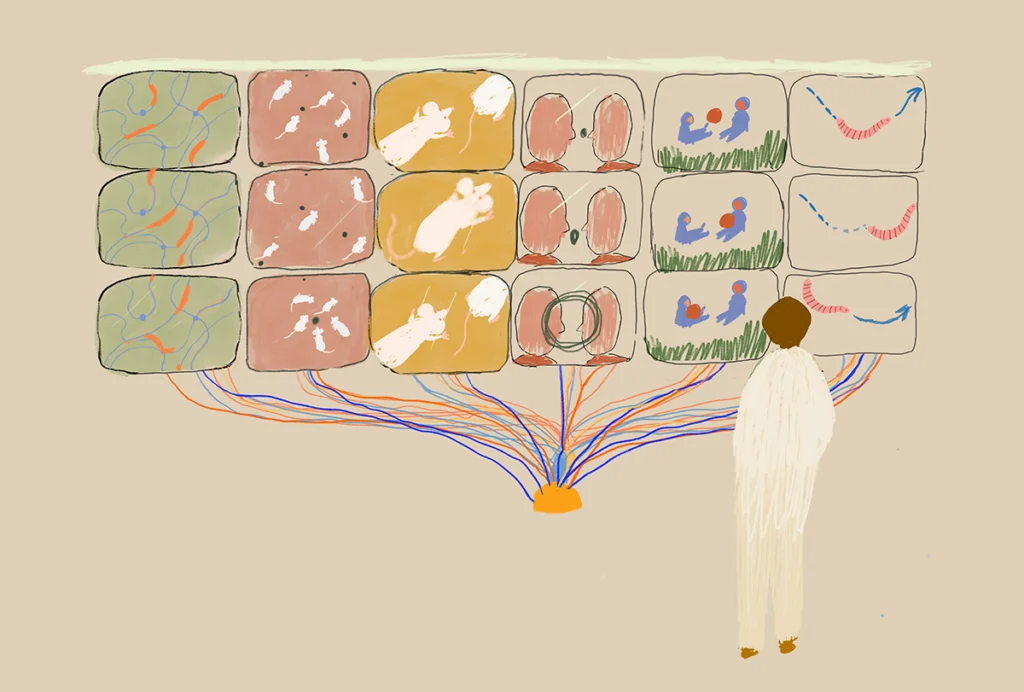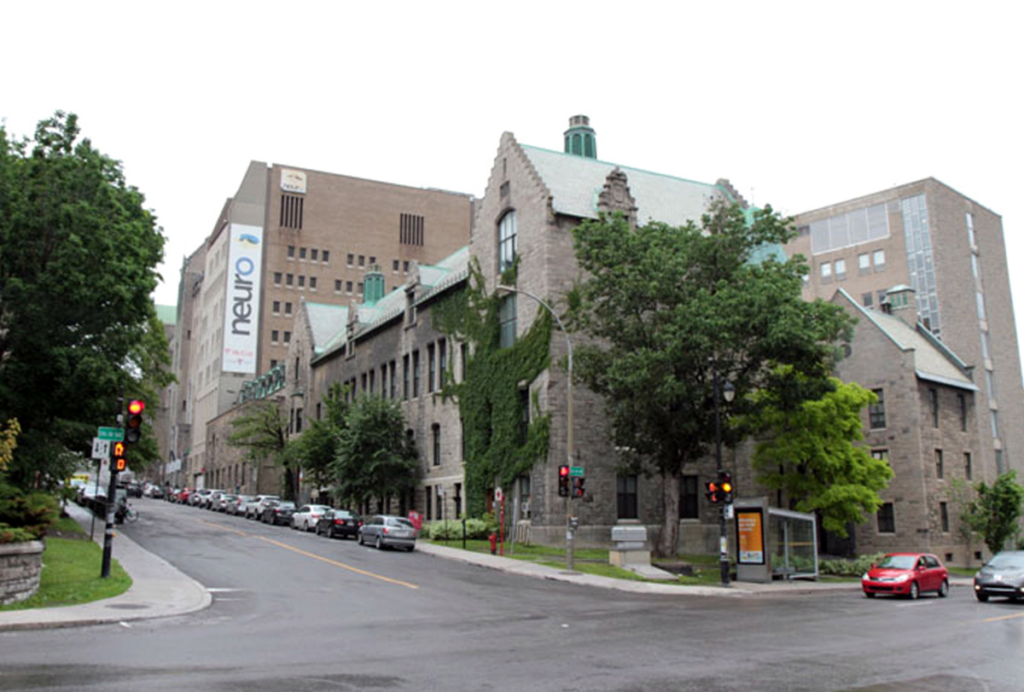Community assets
The availability of neighborhood resources, such as pediatricians and advocacy organizations, influences rates of autism diagnoses, according to research published 7 December in Social Science and Medicine.

When the Centers for Disease Control and Prevention reported a rapid rise in autism rates last March, from 1 in 150 children in 2007 to 1 in 88 children, it renewed a major question among epidemiologists: Does the increase reflect a true rise in prevalence, linked to environmental or other factors? Or can it be explained by greater awareness of the disorder?
Peter Bearman, professor of social sciences at Columbia University in New York, has spent the past five years tackling this question.
Analyzing data from the California Department of Developmental Services, his team showed in 2010 that children living within 250 meters of a child diagnosed with autism are 42 percent more likely to be diagnosed with autism than the average child.
Bearman and others have also shown that changes to the diagnostic criteria, such as their broadening in the Diagnostic and Statistical Manual of Mental Disorders (DSM-IV), have increased autism rates.
A new study from Bearman’s team, published 7 December in Social Science and Medicine, provides more support for the influence of greater awareness and diagnosis on autism prevalence.
Using the same California dataset, the researchers showed that areas that have the most resources, such as pediatricians and advocacy organizations, also have the highest rates of autism diagnoses.
What’s more, children who move into one of these high-resource areas are more likely to be diagnosed with autism than children who do not move from their original neighborhoods.
The researchers found that children who move from a region that has no advocacy organizations to a region that has many have a 42 percent higher chance of being diagnosed with autism than children who remain in a no-advocacy region.
The researchers say that it’s impossible to rule out the influence of environmental toxins, such as pesticide use or traffic pollution, based on the results. But the study suggests that these sorts of resources have an effect on autism rates that is independent of environmental factors.
The resource effect is greatest for high-functioning children with autism, supporting the idea that diagnostic expansion plays a role in rising rates. Diagnostic expansion refers to the fact that the number of people diagnosed with autism has skewed disproportionately towards the higher-functioning end of the spectrum over the past decade, a move that is largely independent of changes to the diagnostic criteria.
Explore more from The Transmitter

Neuroscience needs a research-video archive

Inclusivity committee disbands in protest at Canadian neuroscience institute
